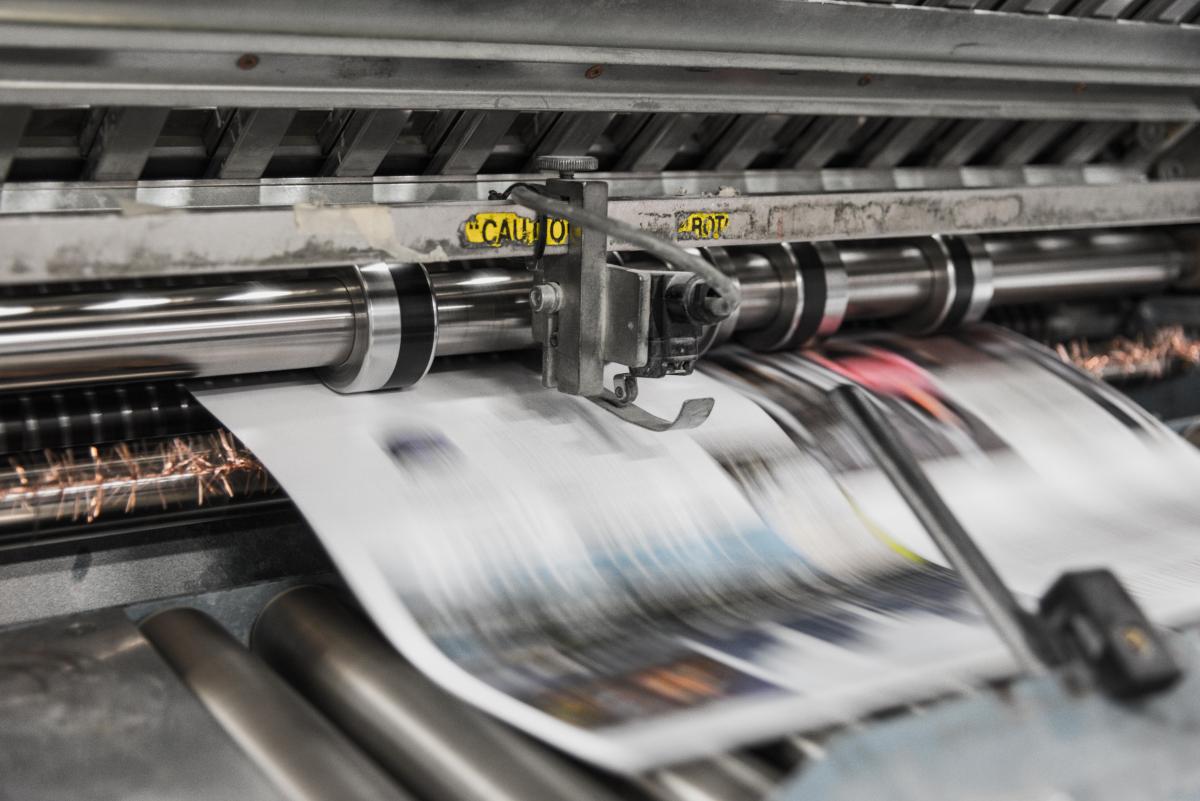In today’s rapidly evolving technological landscape, print manufacturing automation has emerged as a game-changer, revolutionizing the way the printing industry operates. With the advent of automation technologies, the traditional methods of print production have undergone a significant transformation, paving the way for increased efficiency, cost-effectiveness, and enhanced quality. This article delves into the myriad aspects of print manufacturing automation, exploring its benefits, challenges, and the promising future it holds for businesses worldwide.

The Evolution of Print Manufacturing
The journey of print manufacturing from manual processes to automation is a testament to human ingenuity and technological advancements. In earlier times, printing was a labor-intensive task, requiring skilled craftsmen to operate printing presses manually. However, with the rise of automation, the industry witnessed a paradigm shift. Automated machines and software systems now perform tasks that were once reliant on human intervention, enabling faster production cycles and reducing the margin of error.
Benefits of Automation in Print Manufacturing
1. Enhanced Efficiency
One of the primary advantages of print manufacturing automation is the remarkable increase in efficiency. Automated systems streamline the production process, minimizing downtime and optimizing resource utilization. This results in quicker turnaround times and allows businesses to meet tight deadlines effectively.
2. Cost-Effectiveness
Automation significantly reduces labor costs, as fewer human operators are required to oversee the production process. Additionally, automated machines are designed to minimize material wastage, further contributing to cost savings. These financial benefits make automation an attractive prospect for businesses looking to maximize their profitability.
3. Consistent Quality
Maintaining consistent quality is crucial in the printing industry. Automated systems ensure that each print job adheres to strict quality standards, eliminating variations that may arise from human error. This consistency in output helps businesses build a strong brand reputation and gain customer trust.
Challenges in Implementing Print Manufacturing Automation
1. Initial Investment
While automation offers numerous benefits, the initial investment required to set up automated systems can be substantial. Businesses must carefully assess their financial capabilities and long-term goals before embarking on automation projects.
2. Workforce Transition
The shift to automation may necessitate workforce adjustments. Employees may need to acquire new skills to operate and maintain automated machinery, which could require training and adaptation. Companies should prioritize workforce upskilling to ensure a smooth transition.
3. Technological Integration
Integrating automation technologies with existing systems can be complex. Businesses must ensure compatibility between new and old technologies to avoid disruptions in the production process. A thorough understanding of the technology landscape is crucial for seamless integration.
The Role of Technology in Automation
Technology plays a pivotal role in driving print manufacturing automation forward. From robotic arms and automated printing presses to advanced software solutions, technology is at the heart of this transformation. Innovations such as AI-powered print management systems and IoT-enabled machines are revolutionizing the industry, enabling real-time monitoring, predictive maintenance, and data-driven decision-making.
Examples of Automation in Print Manufacturing
1. Robotic Automation
Robots are increasingly being deployed in print manufacturing facilities to perform repetitive tasks with precision and speed. These robots are capable of handling materials, operating printing presses, and even packaging finished products, reducing the need for manual labor.
2. AI-Driven Print Management
Artificial Intelligence (AI) is revolutionizing print management by analyzing data and optimizing production workflows. AI algorithms can predict equipment malfunctions, optimize print schedules, and ensure optimal resource allocation, leading to improved production efficiency.
3. IoT-Enabled Monitoring
The Internet of Things (IoT) allows for real-time monitoring of print manufacturing processes. IoT sensors collect data on machine performance, environmental conditions, and production metrics, enabling proactive maintenance and reducing the risk of unexpected breakdowns.
The Future of Print Manufacturing Automation
The future of print manufacturing automation holds exciting possibilities. As technology continues to advance, we can expect further innovations that will redefine the industry. From 3D printing to blockchain-based supply chain management, the potential for automation is limitless. Businesses that embrace these advancements will gain a competitive edge and thrive in the ever-evolving market.
Conclusion
Print manufacturing automation is reshaping the printing industry, offering a wide range of benefits while presenting some challenges. By investing in automation technologies and embracing innovation, businesses can enhance their efficiency, reduce costs, and deliver high-quality products to their customers. As the industry continues to evolve, staying informed about the latest trends and developments will be crucial for success.

FAQ
1. What is print manufacturing automation?
Print manufacturing automation refers to the use of automated machines and software systems to streamline the print production process, reducing human intervention and increasing efficiency.
2. What are the benefits of automation in the printing industry?
Automation in print manufacturing enhances efficiency, reduces costs, ensures consistent quality, and enables businesses to meet tight deadlines effectively.
3. How can businesses overcome challenges in implementing automation?
Businesses can overcome challenges by carefully planning their investments, providing training for employees, and ensuring seamless integration of new technologies with existing systems.
For further insights into the world of printing technology, explore topics like AR in print media and AI in printing technology to stay ahead in the industry.
This article contains affiliate links. We may earn a commission at no extra cost to you.






